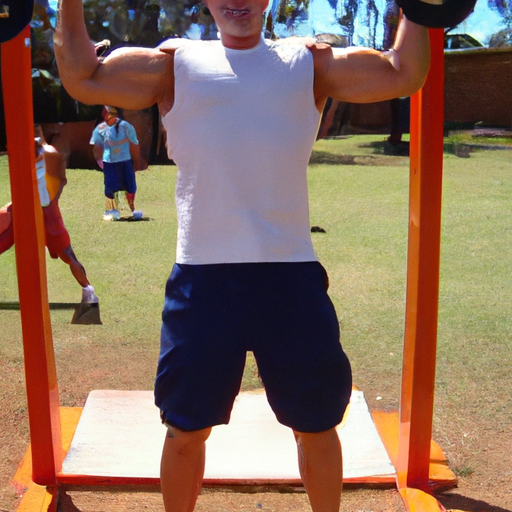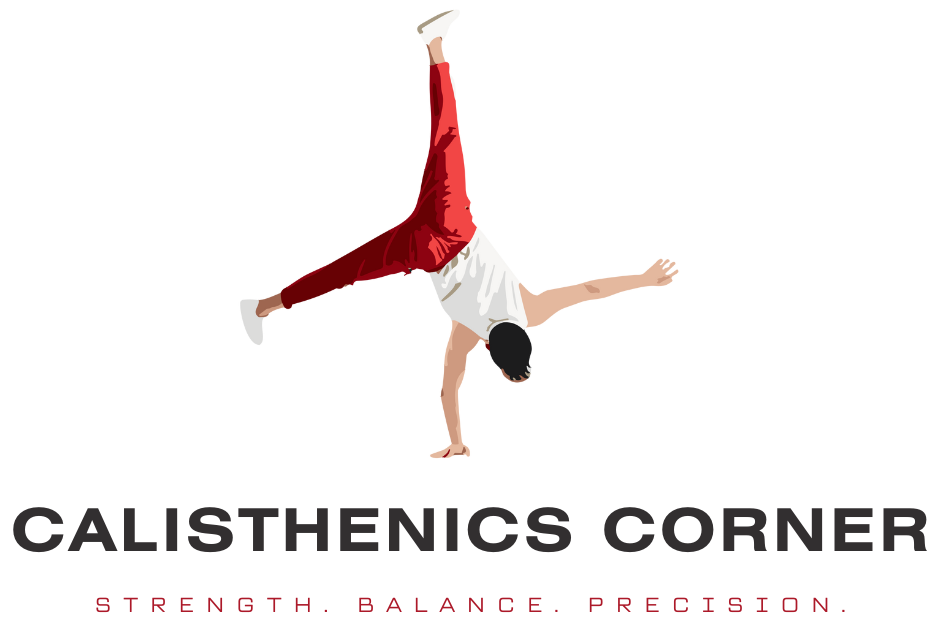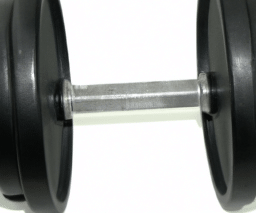Calisthenics, a form of exercise that utilizes bodyweight movements, has been gaining popularity in the fitness world. But the question remains: do calisthenics actually build muscle? Many fitness enthusiasts swear by the effectiveness of this exercise style, claiming that it can indeed help you achieve muscle growth. In this article, we will explore the science behind calisthenics and uncover whether it truly has the power to transform your physique.
What are calisthenics?
Definition
Calisthenics refers to a form of exercise that utilizes body weight movements to develop strength, flexibility, and endurance. This form of training originated in ancient Greece and has gained popularity in recent years due to its numerous benefits for muscle development and overall fitness.
Examples of calisthenics exercises
Calisthenics exercises encompass a wide range of movements that target different muscle groups. Some common examples include push-ups, pull-ups, squats, lunges, planks, and burpees. These exercises can be performed using only the body’s weight or with the assistance of additional equipment such as resistance bands or suspension trainers.
How does muscle growth occur?
Muscle hypertrophy
Muscle growth, also known as muscle hypertrophy, occurs when the muscle fibers undergo microscopic damage during exercise. The body then repairs these damaged fibers, leading to an increase in muscle size and strength. This process is influenced by various factors, including resistance training, nutrition, and recovery.
Mechanisms of muscle growth
During resistance training, the muscles are subjected to external stress in the form of increased tension or load. This stress triggers the activation of satellite cells within the muscles, which play a crucial role in muscle repair and growth. These satellite cells fuse with existing muscle fibers, adding more protein and increasing muscle size and strength over time.
Benefits of calisthenics for muscle development
Resistance training
Calisthenics involves resistance training, which is essential for muscle development. By utilizing the body’s weight and gravity, calisthenics exercises effectively stimulate the muscles, promoting muscle growth and strength gains.
Compound exercises
Calisthenics primarily focuses on compound exercises, which involve multiple muscle groups and joints working together. This not only enhances muscle development but also improves overall functional strength and coordination.
Functional strength
Calisthenics exercises simulate real-life movements and tasks, making them highly functional in nature. This type of training improves the muscles’ ability to work together, leading to increased strength and power during daily activities or sports performance.
Increased range of motion
Many calisthenics exercises require a full range of motion, which leads to improved flexibility and joint mobility. By performing movements that engage the muscles through their full potential, calisthenics not only builds muscle but also enhances overall flexibility.
Improved muscle coordination
As calisthenics exercises involve complex movements and body control, they promote better muscle coordination. This coordination enhances the effectiveness and efficiency of muscle contractions, leading to improved overall athletic performance.
Factors influencing muscle growth with calisthenics
Progressive overload
Progressive overload is crucial for muscle growth in calisthenics. This concept involves gradually increasing the intensity or difficulty of exercises over time. By consistently challenging the muscles with more resistance or repetitions, the body adapts and builds more muscle to handle the increased workload.
Training volume and intensity
The volume and intensity of calisthenics workouts also play a significant role in muscle development. Higher training volume, which refers to the total number of sets and repetitions performed, can stimulate muscle growth. Similarly, increasing the intensity of exercises, such as using advanced variations or adding more resistance, can further promote muscle development.
Nutrition and diet
Calisthenics training alone is not sufficient for optimal muscle growth. Adequate nutrition and a balanced diet are essential to provide the body with the necessary nutrients, especially proteins, for muscle repair and growth. Consuming enough calories, protein, and other essential macronutrients is crucial for supporting muscle development.
Recovery and rest
Muscle growth occurs during periods of rest and recovery. Giving the muscles enough time to repair and regenerate is vital for maximizing muscle development. Sufficient sleep, proper hydration, and incorporating rest days into the training routine are all essential factors in supporting muscle growth with calisthenics.
Comparing calisthenics to traditional weightlifting
Muscle activation
Both calisthenics and traditional weightlifting can effectively activate and stimulate muscle growth. However, calisthenics exercises often involve multiple muscle groups working together, leading to greater overall muscle activation and coordination. Traditional weightlifting, on the other hand, can isolate specific muscles more effectively.
Equipment requirements
Calisthenics exercises typically require minimal to no equipment, making them highly accessible. This can be advantageous for individuals who do not have access to a gym or prefer to exercise in the comfort of their own homes. In contrast, traditional weightlifting often requires various equipment such as dumbbells, barbells, and weight machines.
Variety of exercises
Calisthenics offers a wide range of exercises that target different muscle groups and movement patterns. This variety allows for more creativity and customization in workout routines. Traditional weightlifting, while providing numerous exercises as well, may be more limited in terms of movement variations.
Risks and limitations of calisthenics for muscle building
Limited resistance options
One limitation of calisthenics for muscle building is the limited resistance options compared to traditional weightlifting. While bodyweight exercises can be challenging, they may not provide enough resistance to continuously stimulate muscle growth in advanced lifters. However, this can be overcome by incorporating additional resistance tools such as weighted vests or resistance bands.
Progression challenges
It can be challenging to continuously progress in calisthenics, especially once one becomes proficient in basic bodyweight exercises. Unlike weightlifting, where incremental increases in weights are straightforward, calisthenics progression often requires mastering more advanced variations or increasing repetitions and sets.
Strength plateaus
Plateaus are common in any exercise routine, including calisthenics. When muscle growth stagnates, it can be challenging to break through these strength plateaus. It is essential to implement strategies such as progressive overload, variation in exercises, and manipulation of training volume and intensity to continue stimulating muscle growth.
Calisthenics vs. hypertrophy-targeted training
Effects on muscle size
While calisthenics can certainly lead to muscle growth, hypertrophy-targeted training focusing on weightlifting may be more effective for maximizing muscle size. The ability to precisely target specific muscles and adjust resistance makes traditional weightlifting a more direct method for hypertrophy.
Effects on muscle strength
Both calisthenics and hypertrophy-targeted training can significantly enhance muscle strength. However, calisthenics may have an advantage in terms of functional strength, as it involves complex movements that engage multiple muscle groups simultaneously. Hypertrophy-targeted training, on the other hand, may excel in developing maximal strength in specific muscle groups.
Balancing muscle growth and endurance in calisthenics
Training strategies
To balance muscle growth and endurance in calisthenics, incorporating a mix of high-intensity strength exercises with endurance-focused training is essential. This can be achieved by alternating between challenging bodyweight exercises with lower resistance and higher repetitions, and incorporating cardiovascular exercises such as running or cycling into the training routine.
Periodization
Implementing a periodization training approach can help balance muscle growth and endurance. Periodization involves dividing training cycles into different phases, each with distinct training focuses and intensities. By manipulating the volume, intensity, and frequency of workouts, muscle growth and endurance can be effectively balanced.
Balancing muscle groups
Balancing muscle groups is crucial in calisthenics to ensure optimal performance and reduce the risk of injuries. It is essential to incorporate exercises that target different muscle groups evenly, avoiding overdevelopment in certain areas while neglecting others. This balanced approach helps maintain overall muscle symmetry and functional strength.

Case studies on muscle development through calisthenics
Individual success stories
There are numerous individual success stories of individuals who have achieved significant muscle development through calisthenics alone. These success stories often highlight the transformative effects of calisthenics on muscle size, strength, and overall physique. These individuals typically follow a dedicated training regimen, progressive overload, and proper nutrition.
Scientific studies and research findings
Scientific studies have also supported the effectiveness of calisthenics for muscle development. Research findings indicate that calisthenics can lead to substantial muscle hypertrophy and strength gains, especially in individuals who are new to resistance training. These studies often emphasize the importance of progressive overload, proper form, and consistency in training for optimal results.
Conclusion
In conclusion, calisthenics can be an effective method for building muscle and enhancing overall fitness. By incorporating resistance training, compound exercises, and progressive overload, calisthenics stimulates muscle growth and strength gains. While there are limitations and challenges, such as limited resistance options and progression plateaus, calisthenics offers numerous benefits, including functional strength, improved range of motion, and enhanced muscle coordination. By utilizing proper training strategies, nutrition, and rest, individuals can achieve significant muscle development through calisthenics alone.








